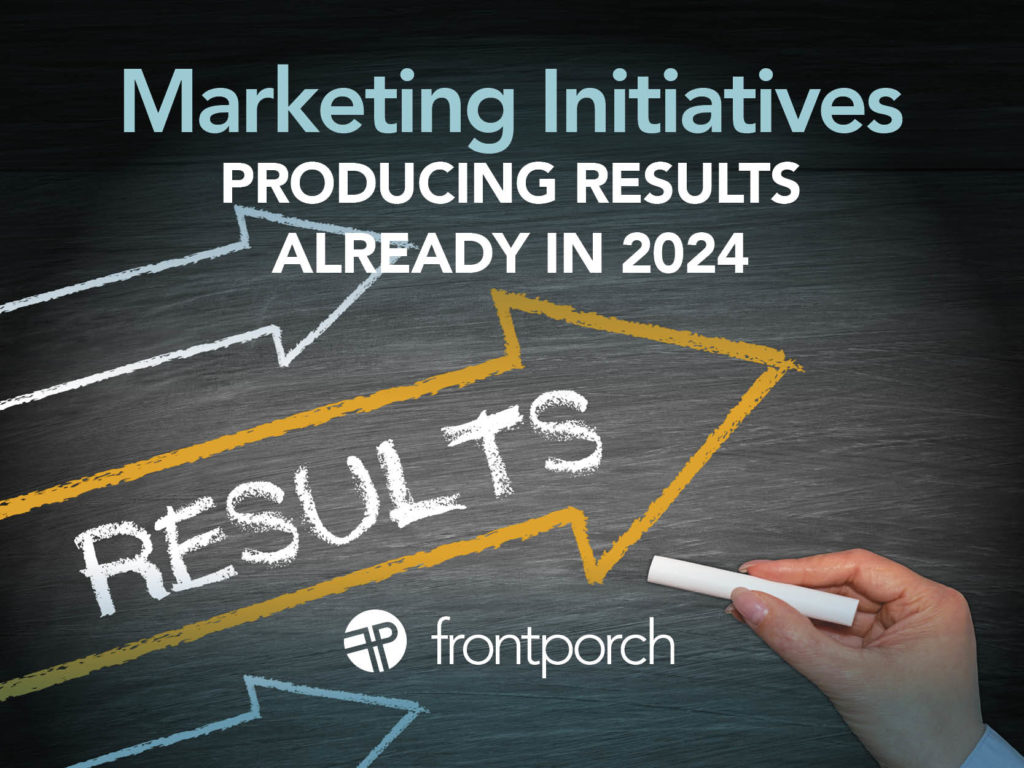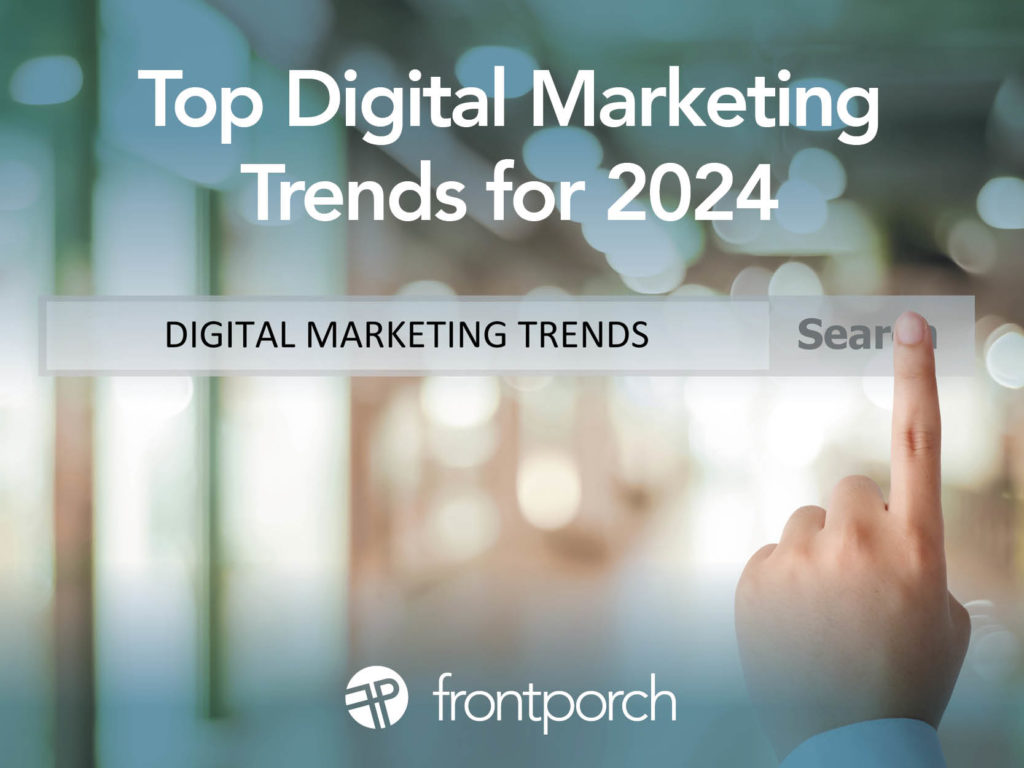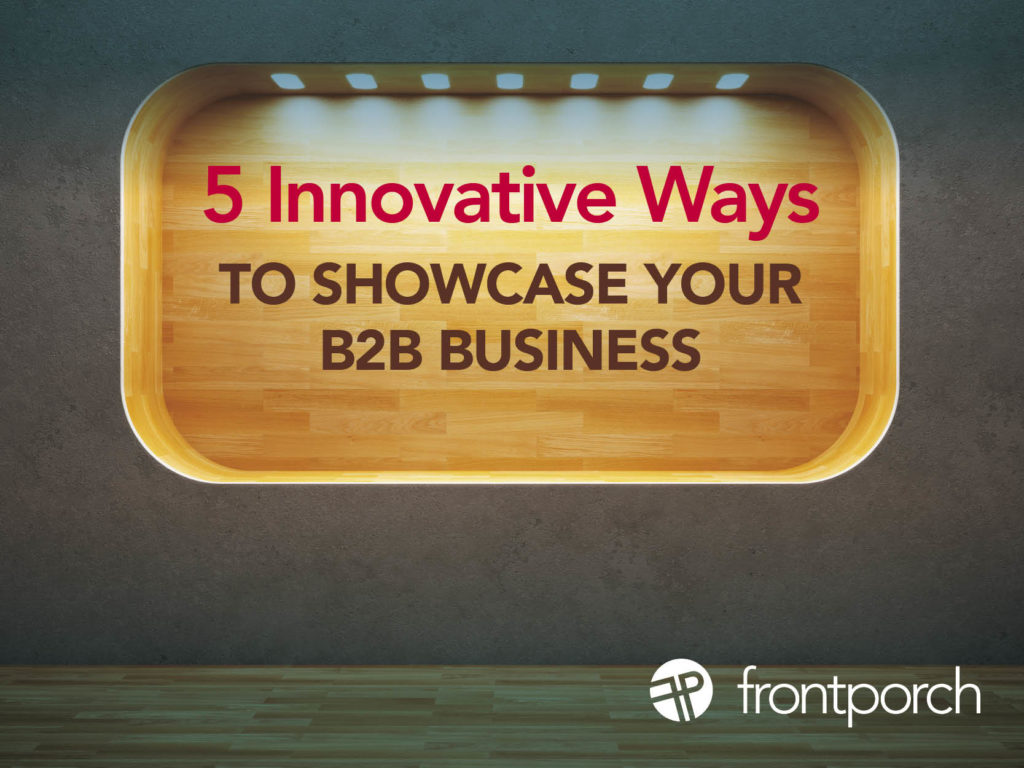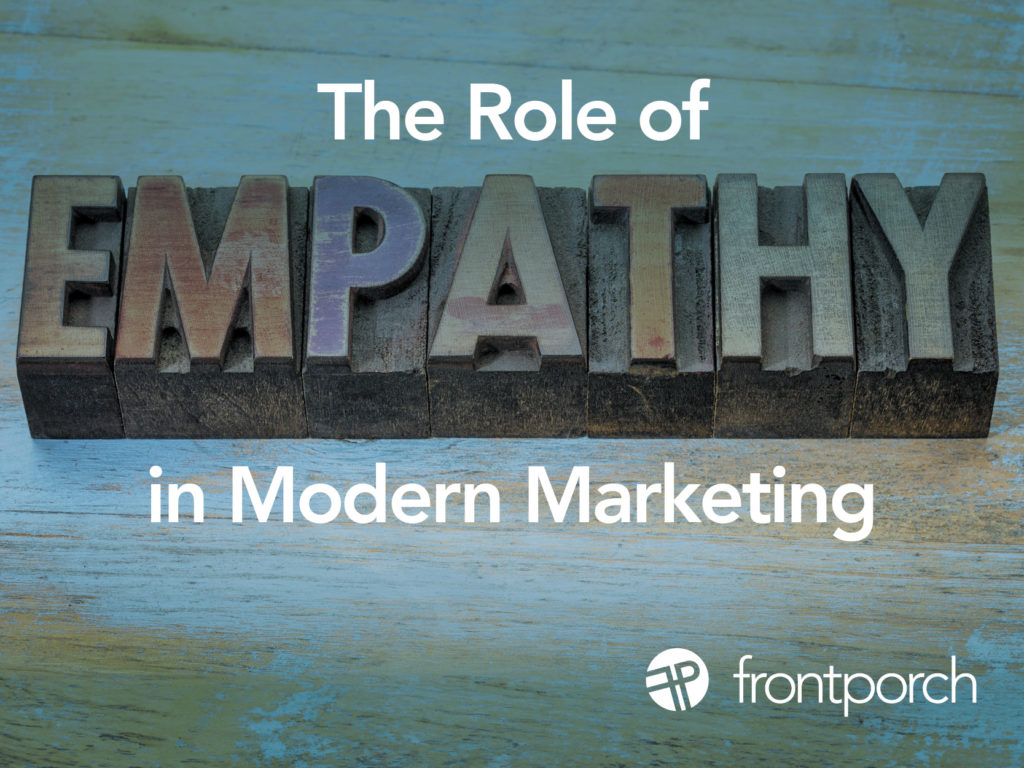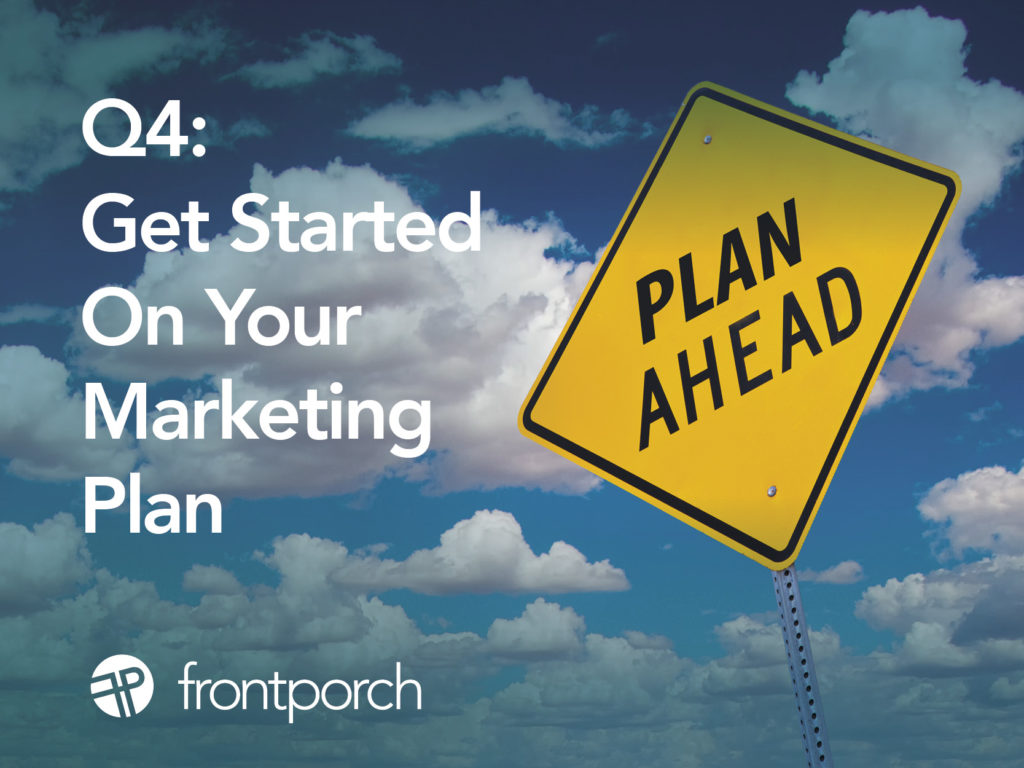
Trade shows and conferences offer invaluable opportunities for B2B businesses to network, showcase their offerings, and stay ahead of industry trends. However, to truly leverage these events for growth, it’s essential to have a strategic approach.
The Power of Face-to-Face Connections
In today’s digital age, the value of face-to-face interactions cannot be overstated. Trade shows and conferences provide a platform for B2B businesses to engage with industry peers, potential clients, and thought leaders in a dynamic and immersive setting. By capitalizing on these events strategically, businesses can foster relationships, generate leads, and ultimately drive growth.
1. Pre-Event Preparation: Setting the Stage for Success
Maximizing the impact of trade shows and conferences begins long before the event itself. Start by thoroughly researching the event agenda, exhibitors, competitors and attendees. Set clear objectives for your participation, whether it’s expanding your network, showcasing new products, or generating leads. Develop a compelling booth design and promotional materials that effectively communicate your brand message and offerings. Market your participation via email, social and your company’s website and blog.
2. Strategic Networking: Quality Over Quantity
While it may be tempting to collect as many business cards as possible, focusing on quality over quantity is key when it comes to networking at trade shows and conferences. Identify key stakeholders and decision-makers you want to connect with and prioritize meaningful interactions. Prepare an elevator pitch that succinctly communicates your value proposition and be genuinely interested in learning about others’ businesses.
3. Engaging Booth Experiences: Capturing Attention
Your booth is your storefront at trade shows and conferences, and it should be designed to captivate attendees’ attention. Create interactive experiences that allow visitors to engage with your products or services firsthand. Incorporate multimedia elements such as videos, demonstrations, or virtual reality experiences to showcase your offerings in an engaging and memorable way. Remember to train your booth staff to be knowledgeable, approachable, and proactive in engaging with visitors.
4. Thought Leadership Opportunities: Sharing Expertise
Trade shows and conferences often include speaking opportunities, panel discussions, or workshops where industry experts can share insights and expertise. Seize these opportunities to position your business as a thought leader in your field. Prepare engaging presentations that offer value to attendees and demonstrate your industry knowledge. Be sure to promote your speaking engagements beforehand using email and social media to attract attendees to your sessions.
5. Post-Event Follow-Up: Nurture Relationships
The real work begins after the trade show or conference ends. Follow up with leads promptly, whether through personalized emails, phone calls, or social media connections. Reference specific conversations or interactions to demonstrate your attentiveness and interest. Continue to nurture these relationships by providing valuable content, addressing any questions or concerns, and staying top of mind until conversion.
Driving Growth Through Strategic Engagement at Trade Shows and Conferences
Trade shows and conferences represent more than just opportunities for businesses to showcase their offerings; they are catalysts for growth and innovation. By approaching these events strategically, small and mid-size B2B enterprises can expand their networks, establish thought leadership, and ultimately drive business growth. By investing time, resources, and creativity into maximizing trade show and conference participation, businesses can unlock new opportunities and propel their success forward.

